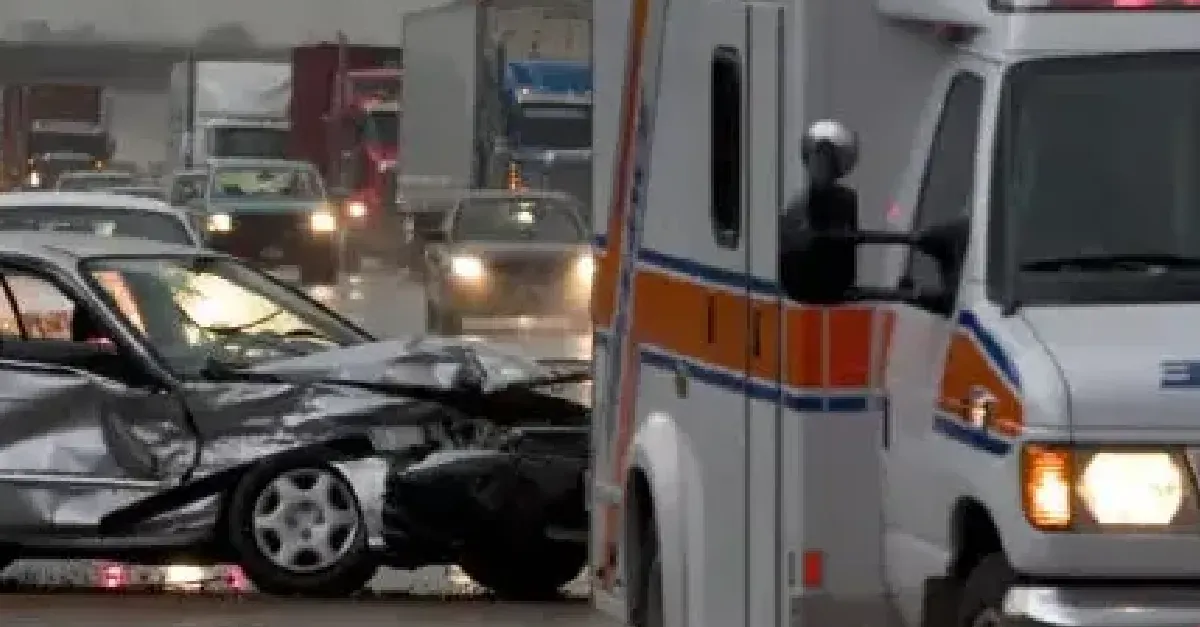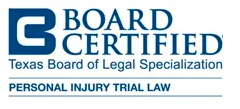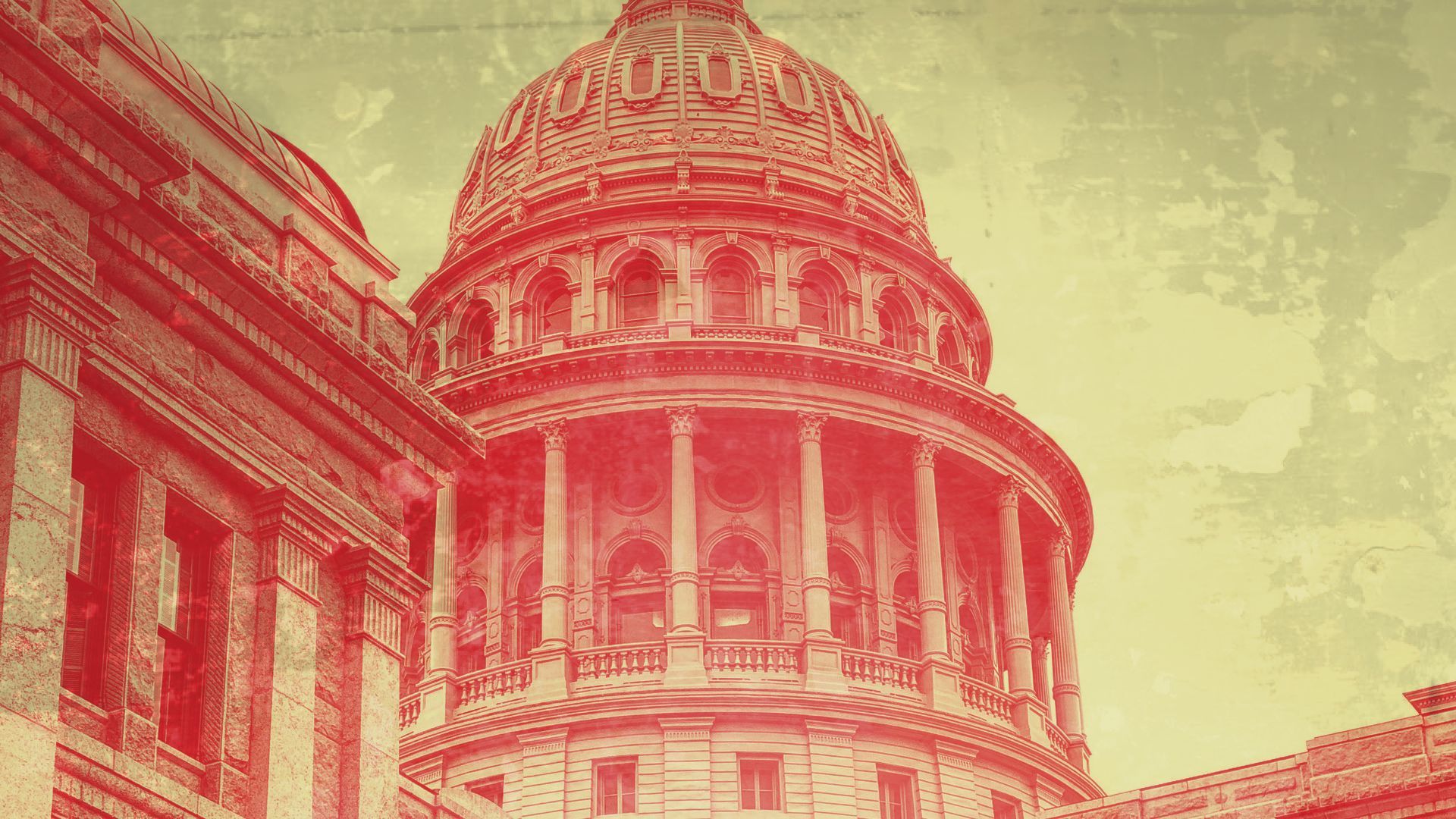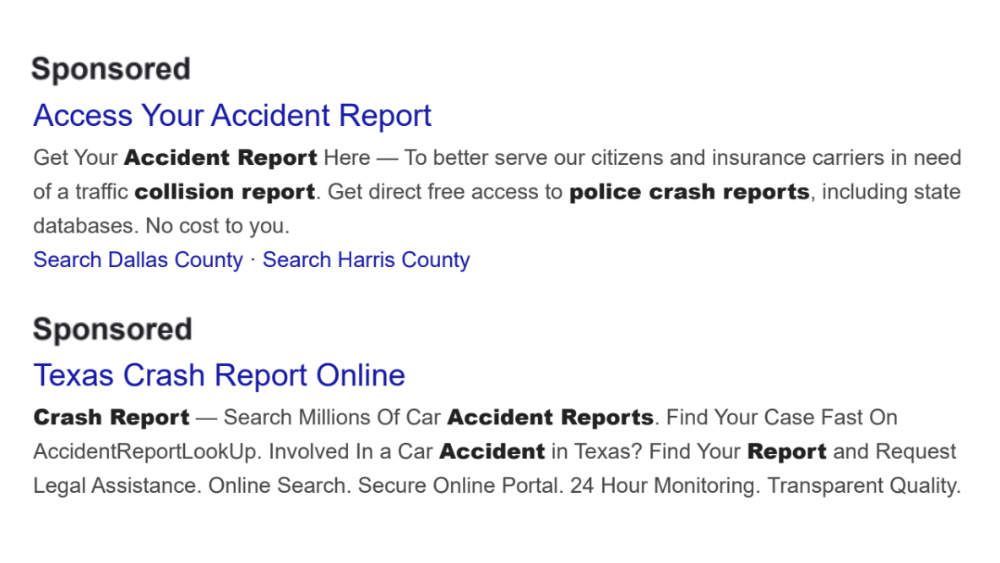How to Obtain a Crash Report in Texas

Accidents happen, and when they do, it is essential to gather all the necessary information to ensure a smooth resolution and proper documentation. In the state of Texas, obtaining a crash report is a crucial step in this process. If you are injured and plan to file an insurance claim or personal injury claim, a crash report can provide vital information and evidence about how your injuries occurred.
Many people who are in a car accident are unsure of how to obtain a crash report. Wham & Rogers is here to help. In the article below, our Spring car accident lawyers provide a step-by-step guide to help you navigate the process seamlessly.
If you need help understanding your rights or what to do after a car accident, call us at (832) 592-1108 for a free consultation.
How to Obtain a Crash Report in Texas
A crash report, also known as a Texas Peace Officer's Crash Report (CR-3), is an official document created by law enforcement agencies after an automobile accident. It contains vital information about the incident, including details about the vehicles involved, the parties involved, the location, and the cause of the accident. Crash reports are valuable for insurance claims, legal proceedings, and statistical analysis of road safety.
Below, we provide the steps you can take to easily obtain your crash report:
Step 1: Determine Eligibility
Before you embark on the journey to obtain a crash report in Texas, it is important to determine if you are eligible to request it. In most cases, the following individuals or entities can obtain a crash report:
- Individuals Involved in the Accident: If you were one of the parties involved in the accident, you have the right to obtain a copy of the crash report.
- Authorized Representatives: If you are an authorized representative of one of the parties involved, such as an attorney or insurance agent, you can request a copy.
- Insurance Companies: Insurance companies involved in a claim related to the accident can also obtain a crash report.
- Government Agencies: Government agencies with a legitimate interest, such as law enforcement and traffic safety agencies, can access crash reports.
- Media Organizations: Certain media organizations may be eligible to request crash reports, but they must adhere to specific guidelines and privacy laws.
Step 2: Gather Essential Information
To facilitate your request, you will need to gather some essential information related to the accident. This includes:
- Accident Details: Note down the date, time, and location of the accident.
- Driver's Information: Collect the names and driver's license numbers of all parties involved in the accident.
- Vehicle Information: Gather details about the vehicles involved, including license plate numbers, makes, models, and VINs (Vehicle Identification Numbers).
- Law Enforcement Agency: Identify the law enforcement agency that responded to the accident, as you will need this information to request the report.
Step 3: Locate the Law Enforcement Agency
To obtain a crash report, you need to contact the law enforcement agency that investigated the accident. In Texas, there are multiple agencies that may respond to accidents, such as city police departments, county sheriff's offices, or the Texas Department of Public Safety (DPS). You can typically find this information on the accident scene or through local records.
Step 4: Request the Crash Report
Once you have identified the relevant law enforcement agency, you can request the crash report. Here are ways you can request the report:
- Visit in Person: You can visit the law enforcement agency's office in person to request a copy of the crash report. Be sure to bring all the necessary information and identification.
- Online Request: Many law enforcement agencies in Texas offer online request options through their websites. Visit the agency's website and look for instructions on how to request a crash report online. You may need to pay a fee for this service.
- Mail Request: If visiting in person or online requests are not feasible, you can send a written request by mail. Include all the required information and a self-addressed, stamped envelope for them to send you the report.
- Phone Request: Some agencies may allow you to request a crash report over the phone. Contact the agency's non-emergency number to inquire about this option.
Step 5: Pay the Fee
In Texas, obtaining a crash report typically involves a fee. The cost can vary depending on the law enforcement agency and the method of request. Be prepared to pay this fee when submitting your request. Most agencies accept payment in the form of cash, check, or credit/debit cards.
Step 6: Wait for Processing
After you submit your request and pay the necessary fee, you will need to wait for the law enforcement agency to process your request. The processing time can vary, so it is essential to inquire about the estimated timeframe when you make your request.
Step 7: Receive and Review the Crash Report
Once your request is processed, you will receive a copy of the crash report. Review it carefully to ensure all the information is accurate and complete. If you find any errors or discrepancies, contact the law enforcement agency to request corrections.
Why a Crash Report is Helpful for Car Accident Claims
A crash report, often prepared by law enforcement agencies following a car accident, is a valuable document that plays a crucial role in the process of car accident claims. If you are considering filing a personal injury claim, a crash report can be helpful in the following ways:
- Objective Documentation: A crash report is an objective, third-party account of the accident. It provides a detailed description of the incident, including the date, time, location, weather conditions, and a diagram of the accident scene. This factual information helps establish the basic facts of the accident without relying solely on the subjective accounts of the involved parties.
- Identification of Parties: The report includes the names, contact information, and driver's license numbers of all parties involved in the accident. This information is essential for insurance companies and attorneys to identify and contact the relevant parties for claims or legal proceedings.
- Witness Statements: Crash reports often include statements from witnesses who saw the accident. These statements can be critical in corroborating the events leading up to the accident, helping determine liability, and strengthening the credibility of the claimant's account.
- Vehicle Information: The report contains details about the vehicles involved, including their makes, models, license plate numbers, and Vehicle Identification Numbers (VINs). This information is crucial for verifying the vehicles' identities and ensuring accurate documentation.
- Description of Injuries: In some cases, the crash report may also include a description of injuries sustained by the involved parties. While it may not provide comprehensive medical information, it can serve as initial documentation of injuries caused by the accident.
- Statements of the Involved Parties: The crash report may include statements provided by the drivers and passengers involved in the accident. These statements can be valuable evidence in understanding how the accident occurred and who may be at fault.
- Traffic Violations and Citations: If any traffic violations or citations were issued as a result of the accident, they are typically recorded in the crash report. This information can be used to establish fault and liability in the claim.
- Evidence for Liability Determination: Insurance companies and legal professionals rely on crash reports to determine liability and assess fault. Having an official document that outlines the circumstances of the accident helps streamline this process and reduces the chances of disputes.
- Legal Proceedings: If a car accident leads to legal action, such as a personal injury lawsuit, the crash report becomes a fundamental piece of evidence presented in court. It can help establish liability and contribute to the successful resolution of the case.
A crash report is a valuable tool for car accident claims because it provides an unbiased, detailed, and official account of the accident. It serves as a foundation for claims, helps establish liability, and supports both insurance settlements and legal proceedings.
Get Help with a Car Accident Claim
For anyone involved in a car accident, obtaining a copy of the crash report is a critical step in the process of seeking compensation and resolution. If you have injuries due to a car accident, Wham & Rogers can help you build a strong case and fight for the compensation that you deserve.
Our Spring car accident lawyers have decades of experience helping personal injury clients obtain compensation for their injuries and losses. Take a look at our case results to see some examples of the types of claims and compensation we have obtained.
For a free consultation of your car accident case, call us at (832) 592-1108, or complete our online contact form.
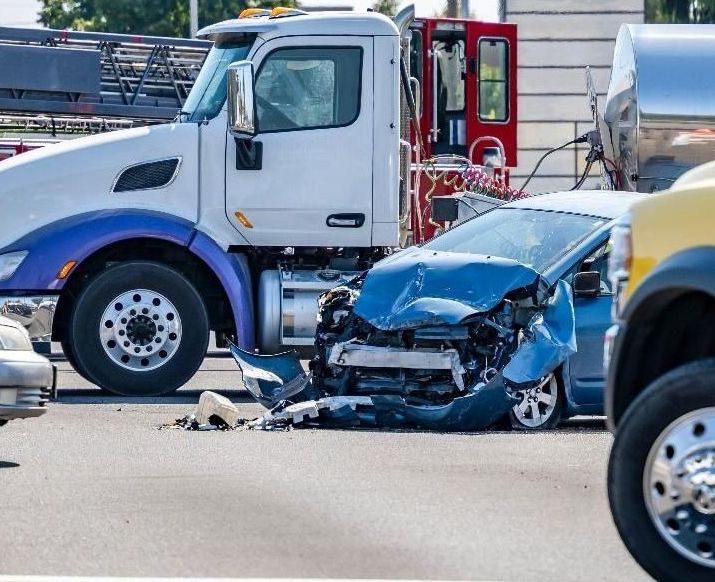

The information on this website is for general information purposes only. None of the information on this site should be taken as legal advice for any individual case or situation. This information is not intended to create, and receipt or viewing does not constitute, an attorney-client relationship.



